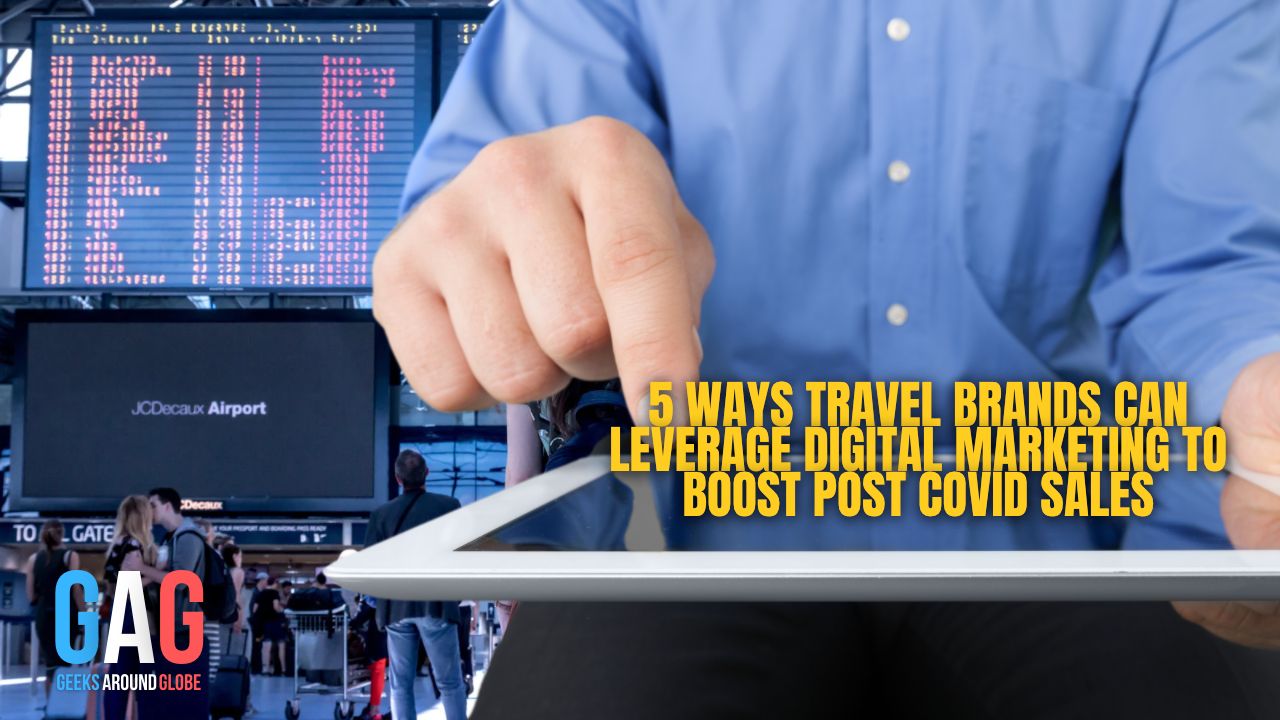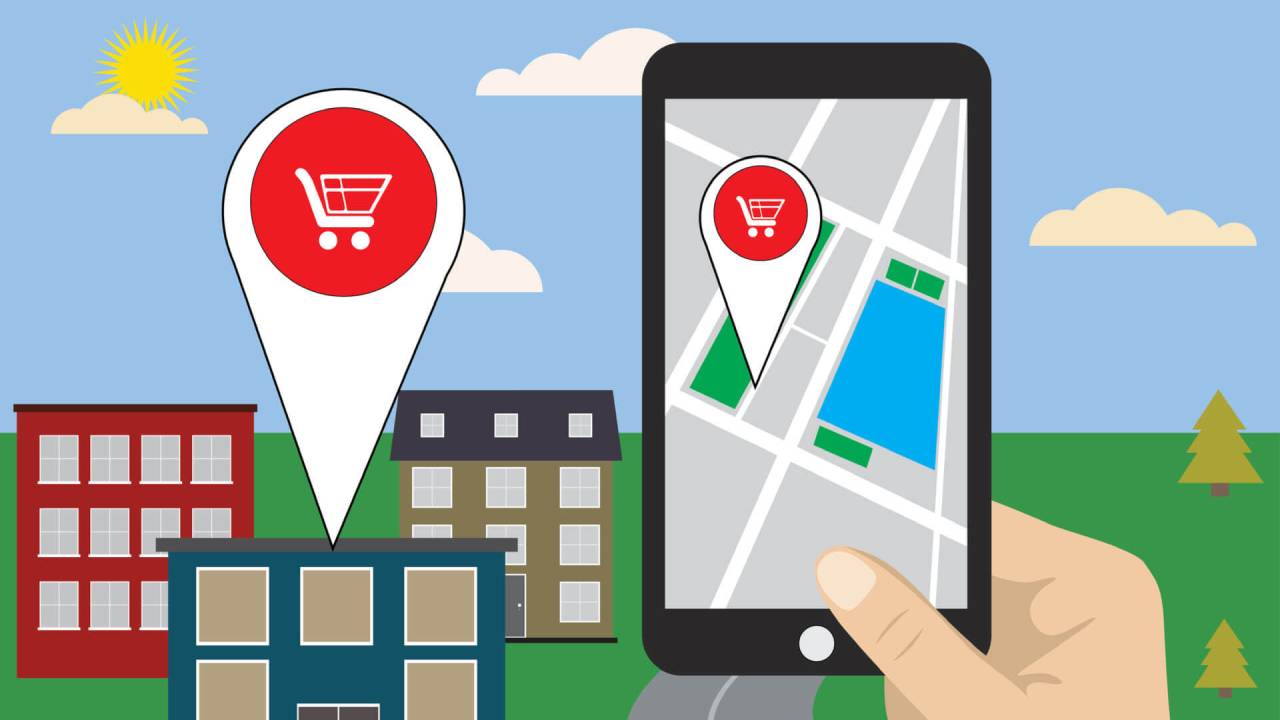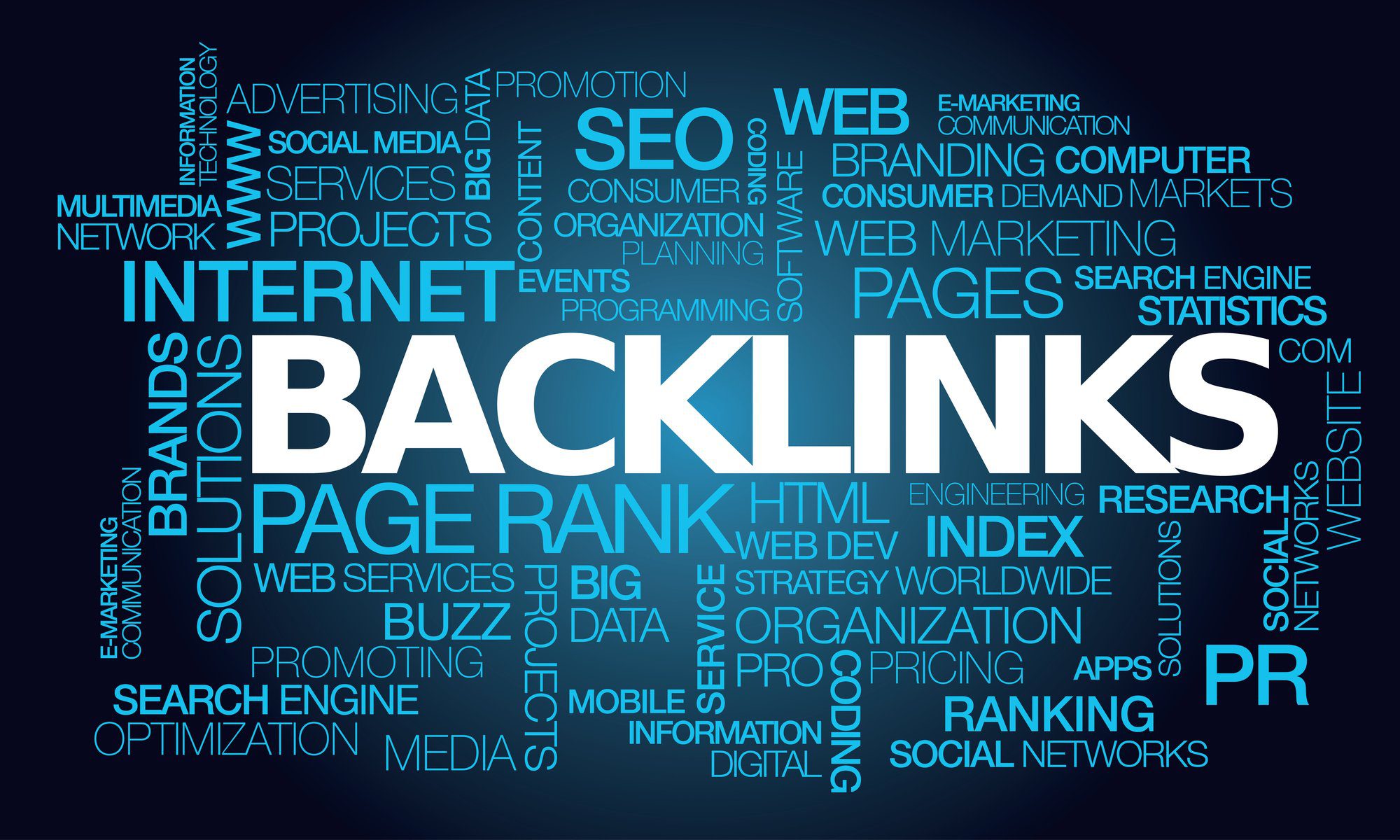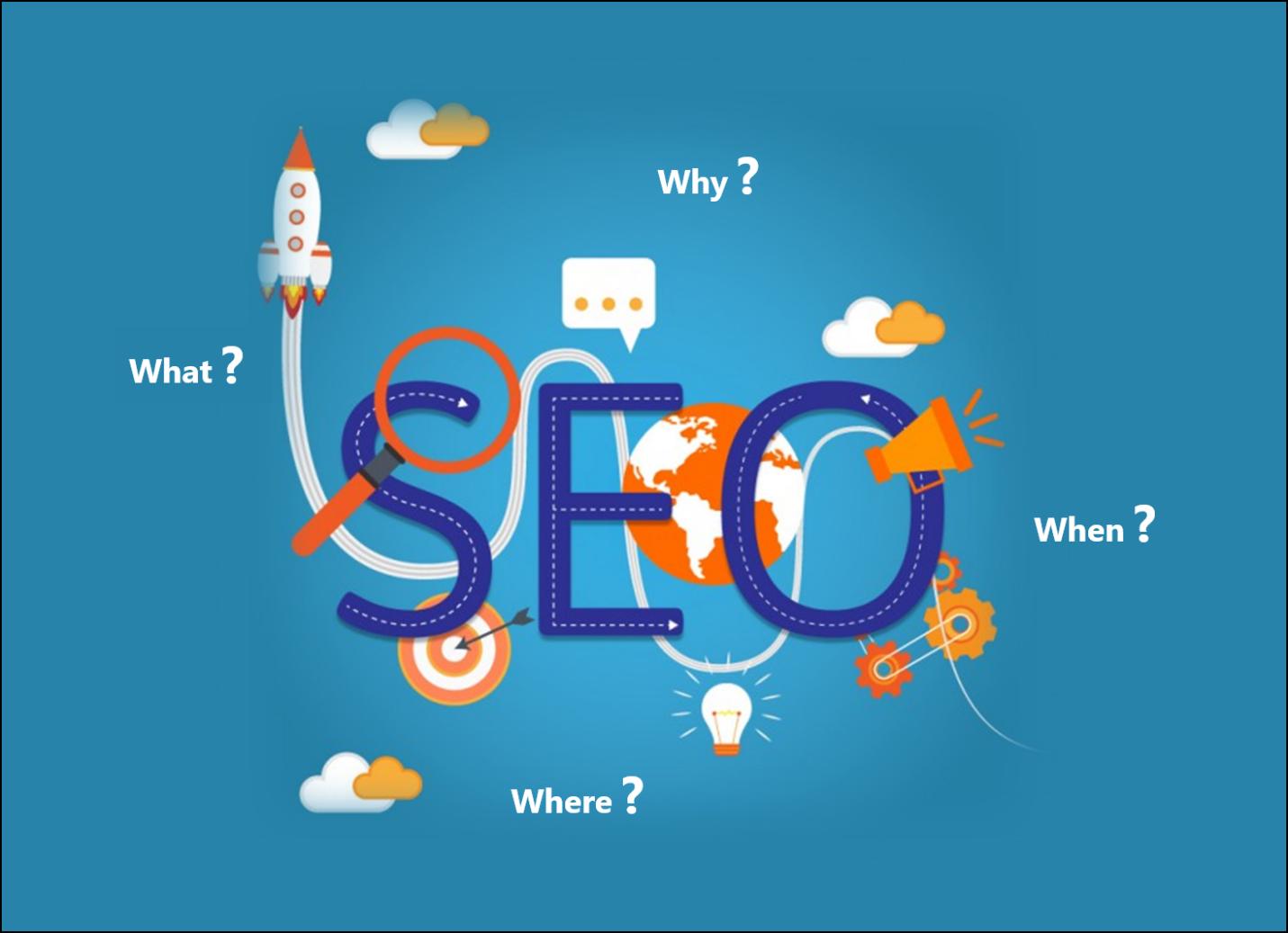The travel and hospitality industry was one of the most affected sectors following the outbreak of the Covid-19 pandemic.
Most countries had to lock down their borders in the aftermath, with international and even most domestic travel grinding to a halt.
Luckily, things now seem to be looking up as most countries are slowly allowing the resumption of regular travel, including international leisure trips.
Nonetheless, travel companies have plenty of catching up to do as far as marketing their destinations is concerned.
For that reason, most businesses are on the lookout for innovative marketing strategies that will achieve quick scalable results.
One of the most suitable and effective marketing methods for travel brands is digital platforms and strategies. These are varied and serve distinct objectives.
Below, we discuss the different digital marketing techniques that travel companies can employ to increase their sales. We also outline the merits of these strategies and what makes them such practical marketing tools for any contemporary travel company.
- Email marketing
Email marketing entails the use of targeted emails to cultivate and nurture leads for your business.
To know the email contacts that will help your company, you will need to retain the services of a reliable Email Service Provider (ESP).
ESPs specialize in the production of email lists consisting of influential email contacts within particular industries or professions.
Furthermore, a reputable ESP will always have a refreshed contacts list, thereby guaranteeing you of getting updated and relevant information at all times.
Email marketing kicks off your prospecting efforts by providing you with an opportunity to directly pitch your products to key decision-makers within your niche market.
These may, for instance, include relevant managers and procurement officers whose companies might be interested in your group travel products.
Email marketing is a form of cold calling only that, in this case, you have the assurance that you are pitching to a warm lead who might be interested in and likely to buy what you offer.
- Professional website
Ensure your business has a professional website design, as this is likely to be their first point of contact with your clients online.
Correctly done websites not only provide clients with your contact information at the click of a button, but they also detail what products your business has to offer.
A great website can be a fantastic marketing tool, especially if it combines attractive visuals, informative content and is always up to date.
Although most of your website information will most likely consist of static information, you should nonetheless also ensure a constant flow of new information for your clients.
One of the most effective methods businesses provide fresh information through their websites is by incorporating a blog page.
Populating your blog with relevant information that your clients will find helpful ensures a constant web traffic flow to your site.
That is because whenever prospective clients search for answers to particular questions within your field of operation, the search engines will invariably direct them to your website.
- Search Engine Optimization
Search Engine Optimization (SEO) is where you structure all your web content to enable your site to rank highly on the search results (SERP) page.
An optimized website will always appear among the first batch of websites when someone searches for a particular product.
SEO begins with creating a website that is user friendly and which can be easily viewed on PC as well as mobile devices.
Besides the structuring of the site, it is also essential to optimize your content to ensure that it aligns with what your customers might need or search for. Optimized content includes the proper use of relevant keywords as well as covering relevant and current content.
For a travel company, search engine optimization may involve publishing informative material regarding the destinations your business covers.
Such information should answer any queries a prospective client might have regarding the product while enticing them to take up your offer.
You may also optimize your site by providing back links to your site on other websites’ publications.
- Social media marketing
The other great digital marketing strategy is that offered by social media. It involves the use of social media platforms to promote a consistent online presence for your brand.
One of the ways to harness the benefits of social media marketing is through Omni-channel marketing. It involves having dedicated social media accounts across a wide variety of platforms where internet users can learn more about your brand and products.
Another way you can optimize social media marketing is by using it to set and communicate your brand’s message in a consistent tone across all platforms. That concept is known as multi-channel marketing.
Within the travel industry, brands can utilize social media passively or actively during their marketing campaigns. An example of a passive strategy is where the platform is used to source contact information and market information by the brand.
In this case, the brand disburses its product information and invites customer reviews and feedback.
Alternatively, brands may also employ an active social media marketing strategy by showcasing some ‘real-time’ consumer engagement with their brands.
An excellent example of this is where the brand enlists the help of a social media influencer or celebrity who samples its products and reviews the product via social media.
- Online PR
Online PR involves the writing or creating digital content for other businesses and including backlinks to your web page within that content.
It is a way for brands to introduce their products and services through content carried on websites other than their own.
By using other sites to funnel web traffic towards your website, your brand improves its web traffic, its search engine rankings and its visibility on the web.







